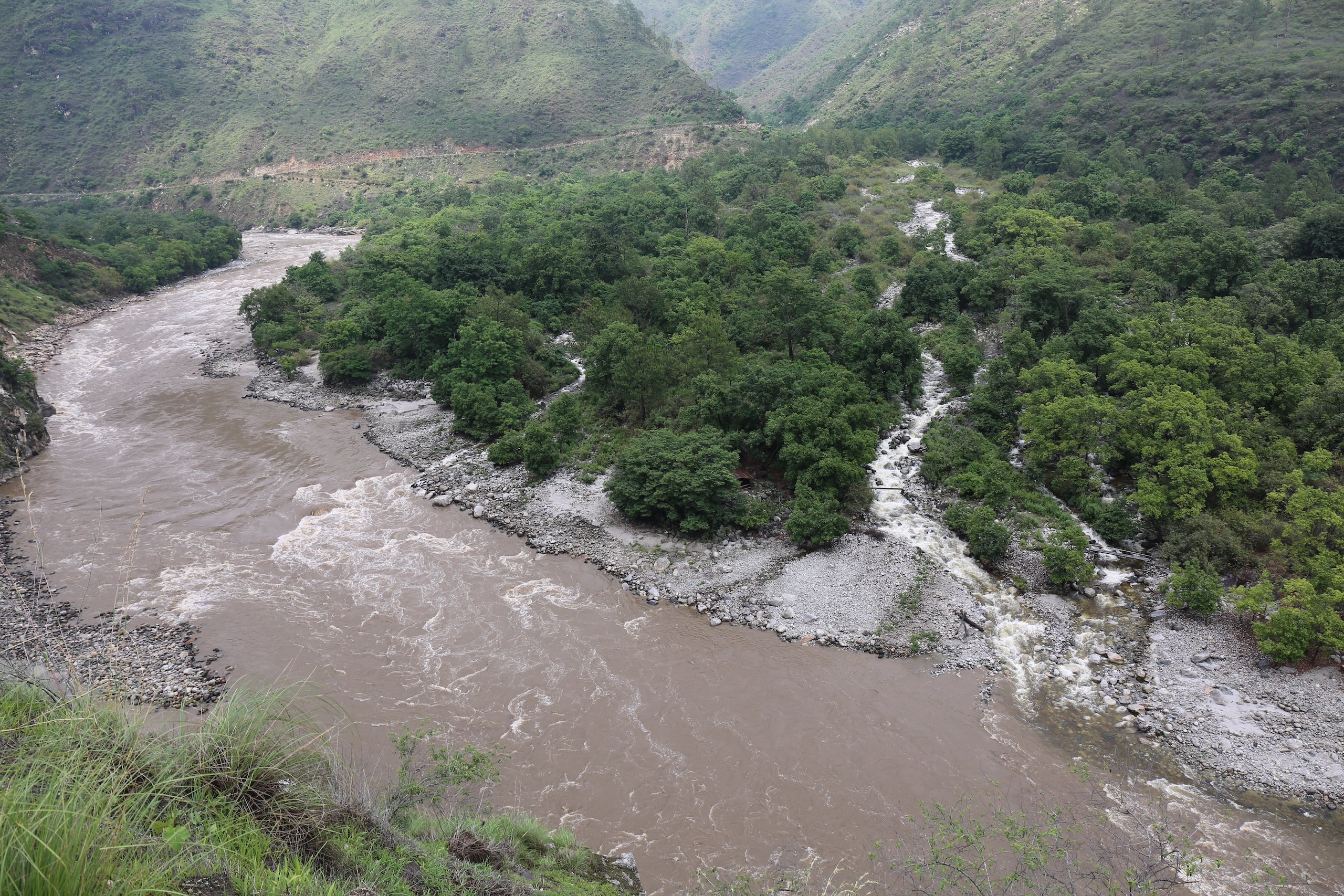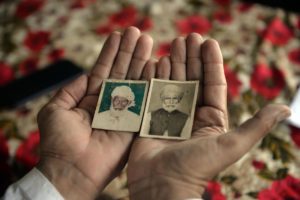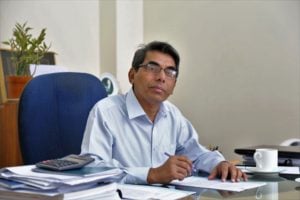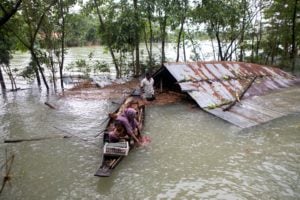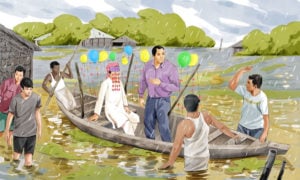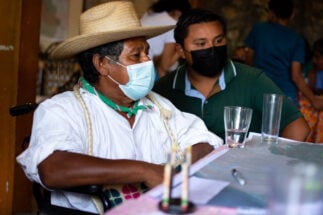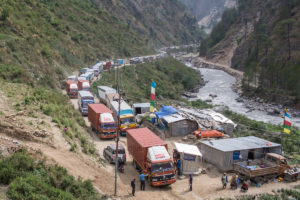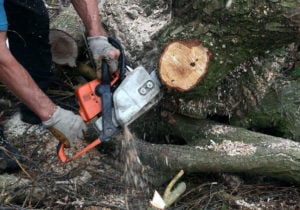The Restless River: Yarlung Tsangpo-Siang-Brahmaputra-Jamuna is a report you should save on your computer’s hard disk if you are a policymaker, researcher or journalist who has anything to do with this river of many names. It has reams of data that will come in useful. But how I wish the first half of this 428-page report published by the World Bank Group had not been written as a series of factsheets.
The report has excellent photographs, almost all taken by Ganesh Pangare, one of the editors. The list of authors reads like a Who’s Who of experts. The editors – Pangare, Bushra Nishat, Xiawei Liao and Halla Maher Qaddumi – are well-known experts themselves. The second half is eminently readable. But the first half, up to page 238, can at best be used as reference material, for when you want to do some factchecking.
There are facts galore, such as the most recent population estimate in the transboundary river basin – 130 million people. There are details on the recent discovery by Chinese scientists of the Angsi glacier as the one where the Yarlung Tsangpo originates. This identification is important in an era of climate change: Chinese scientists studying a major tributary glacier, Chemayungdung, reported in 2011 that its area had decreased by 5.02% between 1974 and 2010 and its snout had retreated at the rate of 21 metres per year.
There is information on hydro-morphology, biodiversity, agriculture, hydropower, pollution. On the Yarlung Tsangpo being the world’s highest navigable river and then falling through the world’s deepest gorge to turn into the Siang as it enters India. Many more superlatives are mentioned.

You learn that the average winter temperature across the basin has risen by half a degree, and the extent to which glaciers in Tibet are retreating due to climate change. All are important pieces of information. But they are presented in a manner unlikely to attract anyone except those already working on the basin.
There is an important recommendation: “A no regret strategy for basin planners would be to prepare for reduced water availability in the upstream and increased floods in the downstream.” But it is buried within such a mass of data that it may be missed.
There is a critique of embankment-based flood management practices in India and Bangladesh, but once again it comes with so many numbers that a quick read may mean a reader misses the important recommendation: “There is a need to re-examine the flood management plans and strategies in the changing times.”
Around 200 fish species reported in the mid-20th century from the Brahmaputra valley have now disappeared, especially between Saikhowaghat and Dhansirimukh in Assam, the report says. It lists the steps needed to control pollution and overfishing. It talks of the way dams stop fish migration routes. But again, the problem is with the way all this is presented – hemmed in with so much data that the conclusions may be lost.
It is only when you get to the culture, history, society and livelihoods of the people living in the basin that the need for transboundary cooperation; to integrate indigenous knowledge into policymaking; to have people living in the basin involved in policymaking, that the report becomes interesting to the lay reader. There are important recommendations on transboundary cooperation:
- Promote a multipurpose basin-wide approach
- Shift the focus from sharing water to sharing the benefits of water
- Build trust and confidence in cooperation
- Eastern Himalayan countries should undertake joint research
- Establish mechanisms for sharing the costs and benefits of water resources following international standards
- Establish a mechanism and institutional arrangements to coordinate, facilitate and strengthen cooperation in water, hydropower and flood management in the Ganga–Brahmaputra-Meghna basin
- Explore joint projects for the development of transboundary water resources
- Establish a basin-wide data bank and system for timely sharing of meteorological, hydrological, economic, and environmental data and information
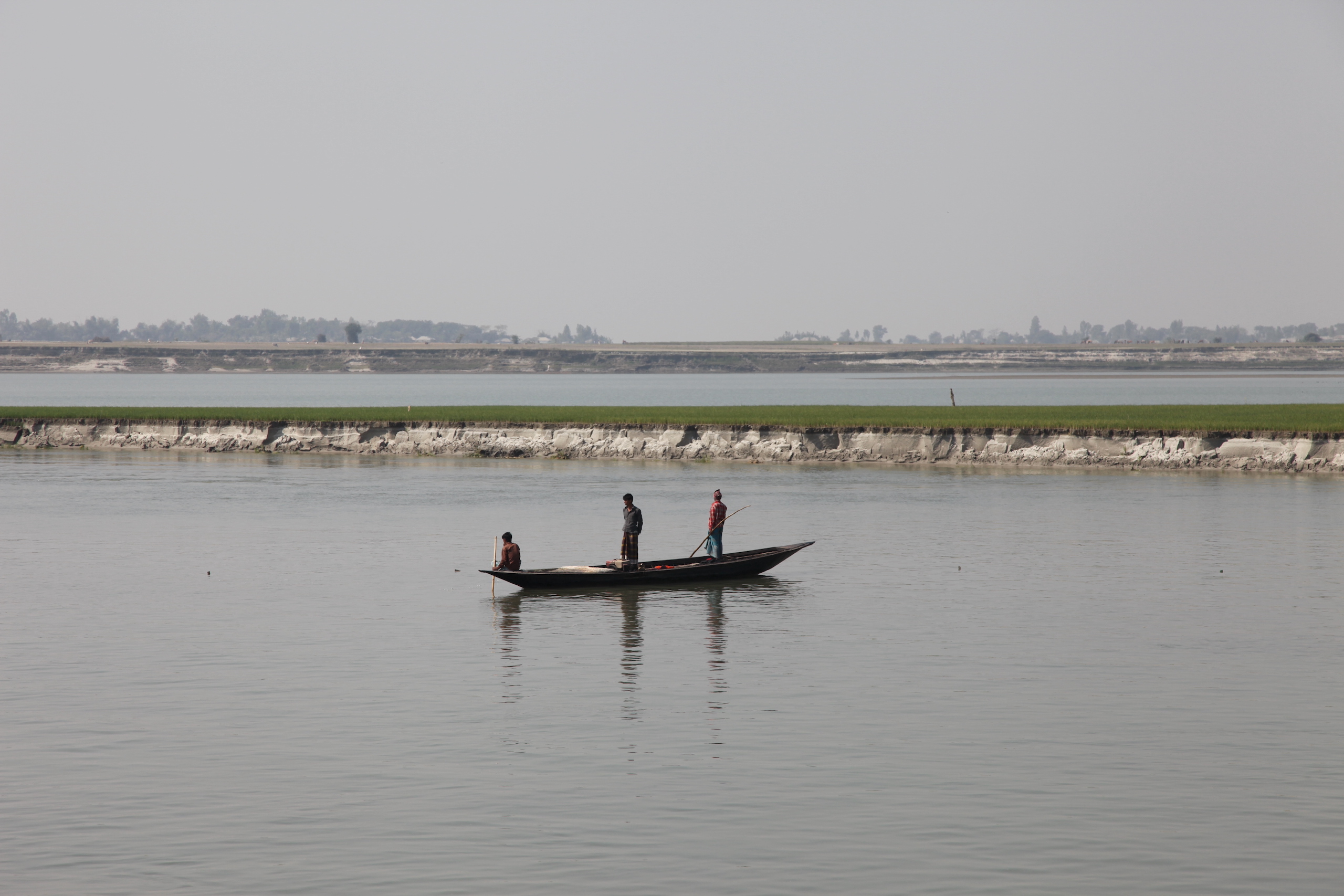
In one of these interesting later chapters, eminent expert Jayanta Bandyopadhyay points out: “The traditional approach to governance based on engineering structures alone will be inadequate… For future interventions to be successful the role of interdisciplinary knowledge will be central.”
Writing in the report about the relationship between floods and residents in Assam, journalist and researcher Sanjoy Hazarika says, “The floods delineate a political process as much as an environmental and economic one. It is the story of the strong and the weak, of the poor and the underprivileged on the one hand and lawmakers and policymakers on the other, with business in between. In some cases, civil society is stepping in to fill the breach. But is anyone talking about dialogue… One can only see enormous gaps of communication and comprehension. A dialogue to be true must involve all principal stakeholders – the people who are most affected by the strife and consequent problems, not just those who see themselves as stakeholders: government and its agencies as well as business… Unless the most marginalised of our people, those who are river-dependent among other groups, are represented at the dialogue table, conditions will not change except through growing pressure and violence.”
Where is the freedom from indignity for the most vulnerable? Let that be first addressed by those who claim to speak in our name.Sanjoy Hazarika, journalist and researcher
Drawing on his experiences, Hazarika writes, “Come floods and overnight people lose homes and farms, livestock and life savings, forced to live without the basics of human dignity on embankments and roads for weeks and months without food security and a change of clothes. And people talk about freedom? Where is the freedom from indignity for the most vulnerable? Let that be first addressed by those who claim to speak in our name. Let them participate in efforts to save our people and improve their economic conditions, instead of hectoring foreign countries and abusing those who disagree.”
The passion of experts, researchers and journalists is a necessary precondition for dialogue across political boundaries. Data is of course the vital foundation for constructive discussion, but the superstructure has to go beyond data. It has to be built with the common vision of people who actually live in the Yarlung Tsangpo-Siang-Brahmaputra-Jamuna basin. This report can contribute to that dialogue. It could have contributed more if its readability had been improved by giving data a supporting rather than a primary role.
